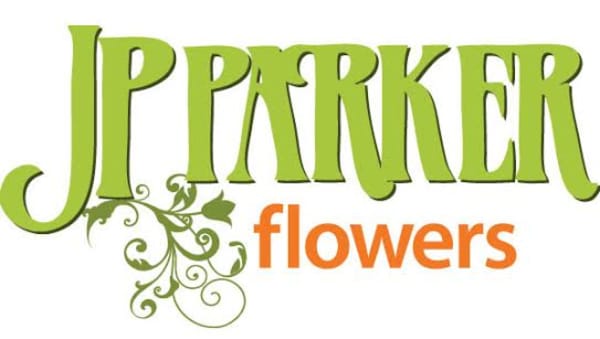Having flowers delivered to the hospital is a traditional uplifting and encouraging way to brighten someone's day, bringing good vibes and help bring a comforting atmosphere no matter the occasion. When sending this delightful surprise there are a few things to take into consideration for the loved one, hospital and florist.
Providing your loved one's information to the florist.

Photo Credit: Chasey Bardach
To help ensure your flowers are able to make it to your loved one there are a three pieces of important information the florist will need when making the delivery.
- Specify the name of the medical center and one step further and if you have the ability, include the address of the medical center. This pinpoints the correct location and building for the flowers to arrive at the correct destination without extra time and hunting to find the right spot.
- The room number. If you are unsure of the room number, attempts to ask the patient visitor information desk will be made, but if they are registered as non-disclosure or no information patient the visitor information desk cannot confirm the patient at the hospital and will refuse the delivery to be made.
- Use your loved one's legal name not a nickname they go by. Include both the first and last name to the florist.
When looking into gathering the correct information for sending that thoughtful gift of flowers there are a few things to be cautious of. Some of these areas may include intensive care unit, burn unit, and maternity ward that do not accept floral deliveries due to possible plant or pollen allergies. It's best to call the hospital ahead of time to make sure that your loved one is able to receive flowers in the room they are being take care of.
Be conscientious of the arrangement size and container type.
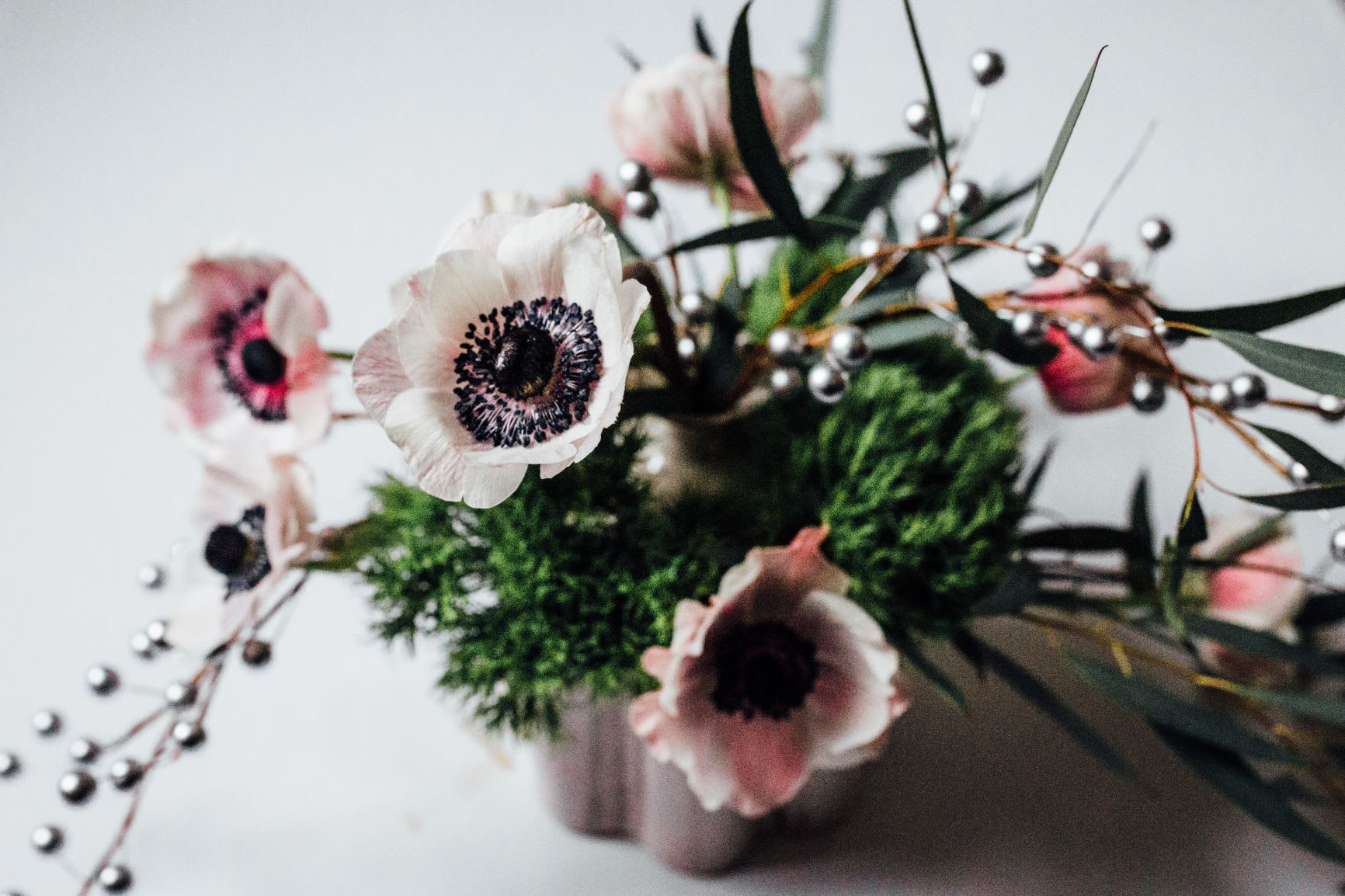
Photo Credit: Chasey Bardach
When sending flowers or bringing flowers to a loved one in person, it might be easy to get caught in the mind set that the bigger the arrangement the better, but in all actuality sometimes the patient rooms aren't so spacious and might have limited space. To help making mobility for the staff on hand and your loved one, a smaller arrangement might be the better choice for the circumstances. Also, durable containers like metal, wicker or plastic is recommended. If knocked over or fall they are much less likely to break and not have the mess that glass and ceramic may cause.
Latex balloons are a must not.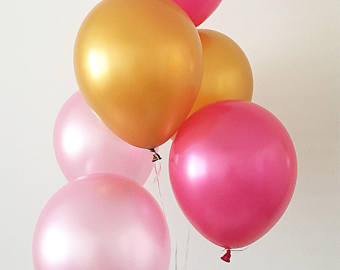
Photo Credit: OhhHowCharming on Etsy
For medical safety, latex balloons are not allowed in hospitals but the Mylar balloons are. If you are looking to have balloons added to your floral delivery ask the florist if the balloons are hospital safe and non-latex. Latex allergies can be a serious problem and it's good to take precautions when adding sending these to brighten up your loved ones room. Mylar balloons are definitely a good way to add a little extra something because they can be seen from a distance, especially if they have poor eyesight or limited movement capabilities.
What type of flowers are recommended to send to your loved one?
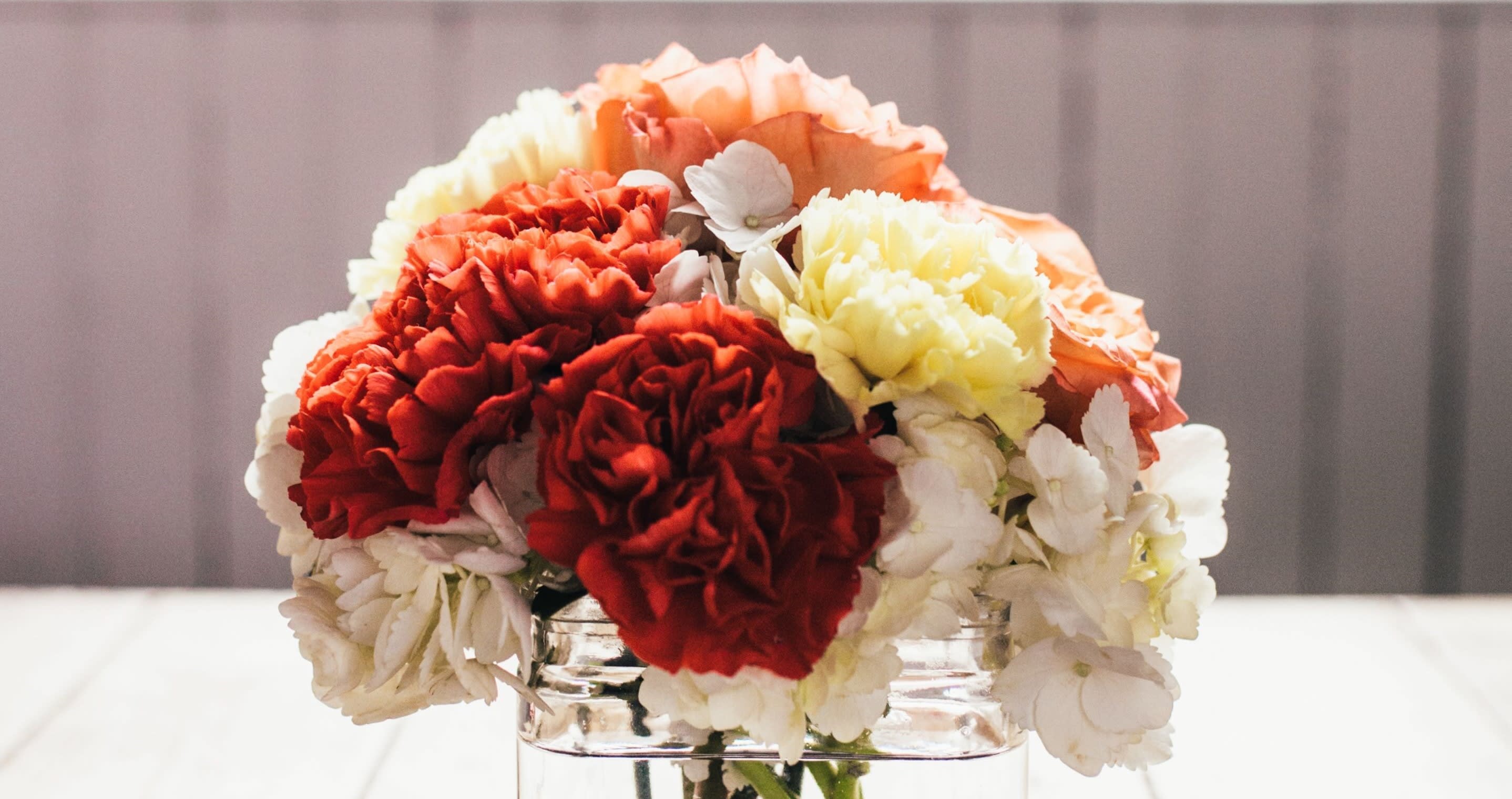
Photo Credit: Chasey Bardach
Allergy-friendly plants are ones that often have the pollen unexposed like roses (uncented; tea-type), carnations, chrysanthemums, orchids, zinnias, snapdragons, birds of paradise, geranium, tulips, daffodils, and the list continues. You can find a list at this link and even though it is for gardens it can be applied for arrangements as well: https://community.aafa.org/blog/smart-gardening-tips-for-a-allergy-friendly-gardening. One of the main types of flower to avoid for your arrangement are lilies. Their pollen is exposed and can be a quick allergy trigger.. Even if the loved one your sending flowers to may not have an allergy to them, other patients in the vicinity might, so it's best to take precautions
Another recommendation, plants.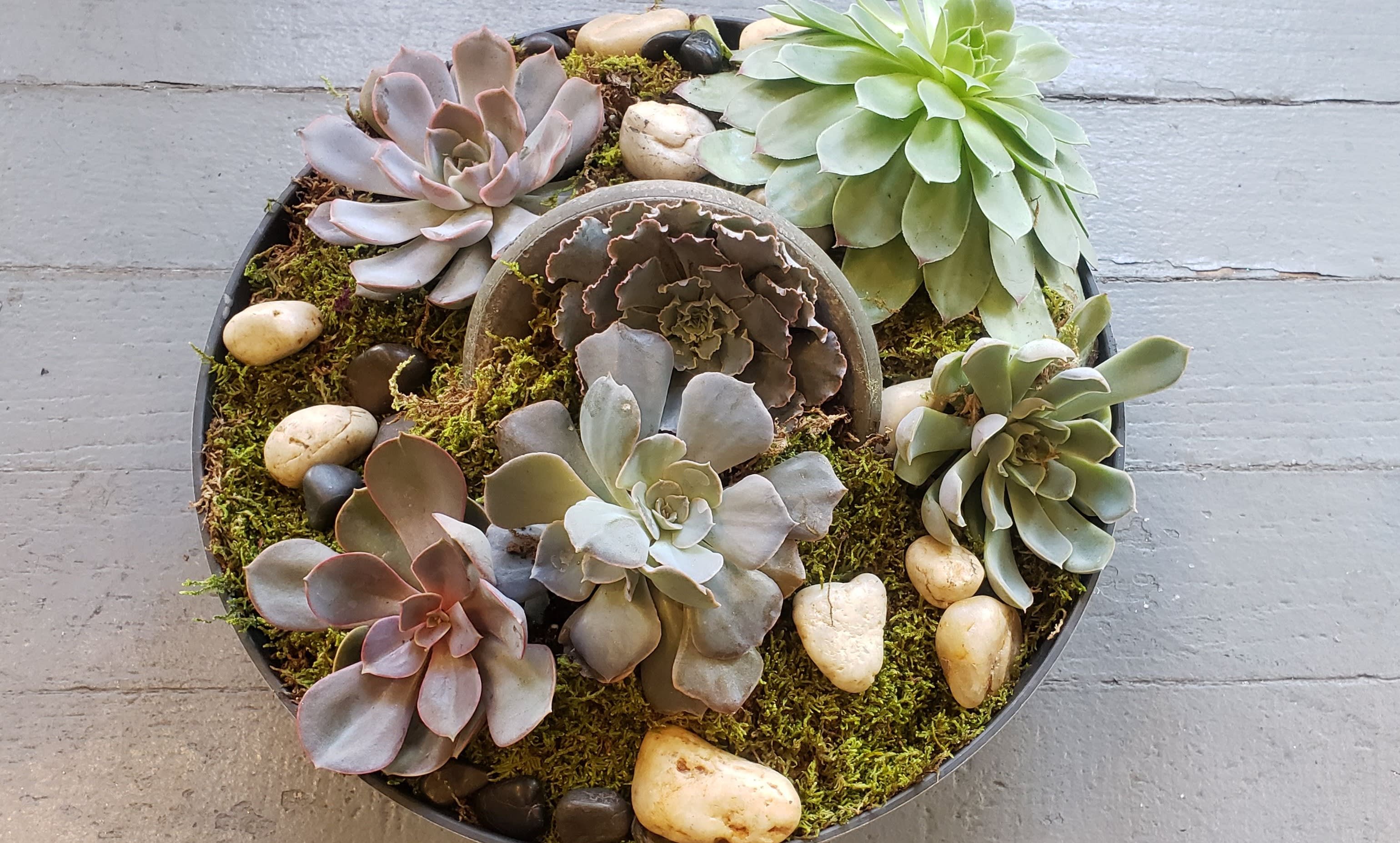
Photo Credit: Jenny Sampson
Green plants like succulents or bamboo are great if there is uncertainty about pollen or flower allergies. Also, plants can be appreciated for much longer of a duration than freshly cut flowers. Plus, studies have shown that adding green to a room has a natural calming affect. Another bonus is that they clean indoor air pollutants.
